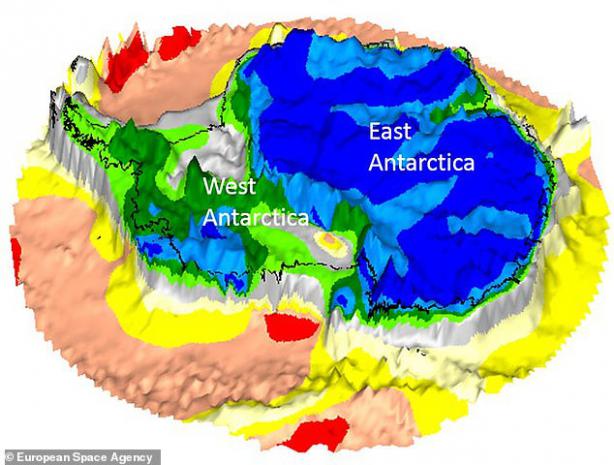
Breaking News
 "A Very Good, Early Step" - Trump Announces Meeting Between Putin and Zelensky...
"A Very Good, Early Step" - Trump Announces Meeting Between Putin and Zelensky...
 Comer Discloses Some Details From Bill Barr's Deposition Related to Epstein Investigation (VIDEO
Comer Discloses Some Details From Bill Barr's Deposition Related to Epstein Investigation (VIDEO
 ADU Fever: Inside The Backyard Housing Boom In California
ADU Fever: Inside The Backyard Housing Boom In California
 How Much Energy Does ChatGPT's Newest Model Consume?
How Much Energy Does ChatGPT's Newest Model Consume?
Top Tech News
 Chinese Scientists Produce 'Impossible' Steel to Line Nuclear Fusion Reactors in Major Break
Chinese Scientists Produce 'Impossible' Steel to Line Nuclear Fusion Reactors in Major Break
 1,000 miles: EV range world record demolished ... by a pickup truck
1,000 miles: EV range world record demolished ... by a pickup truck
 Fermented Stevia Extract Kills Pancreatic Cancer Cells In Lab Tests
Fermented Stevia Extract Kills Pancreatic Cancer Cells In Lab Tests
 3D printing set to slash nuclear plant build times & costs
3D printing set to slash nuclear plant build times & costs
 You can design the wheels for NASA's next moon vehicle with the 'Rock and Roll Challenge
You can design the wheels for NASA's next moon vehicle with the 'Rock and Roll Challenge
 'Robot skin' beats human reflexes, transforms grip with fabric-powered touch
'Robot skin' beats human reflexes, transforms grip with fabric-powered touch
 World's first nuclear fusion plant being built in US to power Microsoft data centers
World's first nuclear fusion plant being built in US to power Microsoft data centers
 The mitochondria are more than just the "powerhouse of the cell" – they initiate immune...
The mitochondria are more than just the "powerhouse of the cell" – they initiate immune...
 Historic Aviation Engine Advance to Unlock Hypersonic Mach 10 Planes
Historic Aviation Engine Advance to Unlock Hypersonic Mach 10 Planes
 OpenAI CEO Sam Altman Pitches Eyeball-Scanning World ID to Bankers
OpenAI CEO Sam Altman Pitches Eyeball-Scanning World ID to Bankers
Relics of 'lost continents' hidden under Antarctica are revealed-

Images reveal a timeline of the ancient landmasses buried beneath Antarctica
They were taken by the long-dead Gravity field and Ocean Circulation Explorer
The ESA satellite collected data on Earth's gravitational pull
The European Space Agency (ESA) has uncovered relics of lost continents that have hidden under Antarctica for millions of years.
Satellite images reveal a timeline of the ancient landmasses buried a mile (1.6 km) beneath the icy continent.
Scientists said the snaps shed new light on Antarctica, the 'least understood continent on Earth'.
They used data from the long-dead Gravity field and Ocean Circulation Explorer (GOCE), which plummeted into Earth after it ran out of fuel in 2013.
While the satellite has been out of action for five years, scientists are still pouring over reams of data it collected on Earth's gravitational pull.



